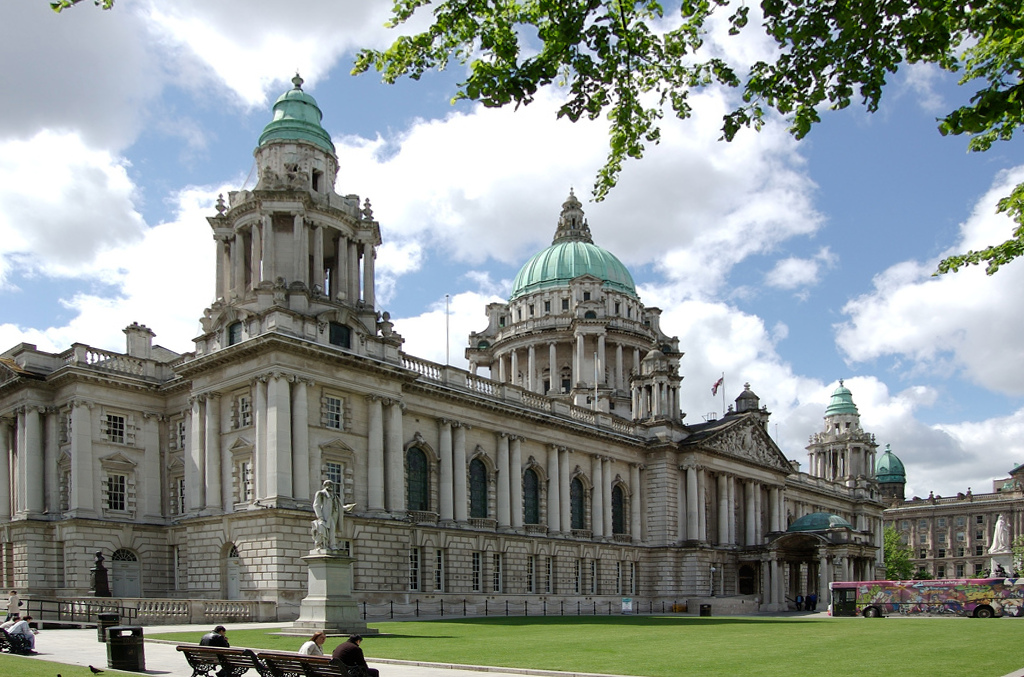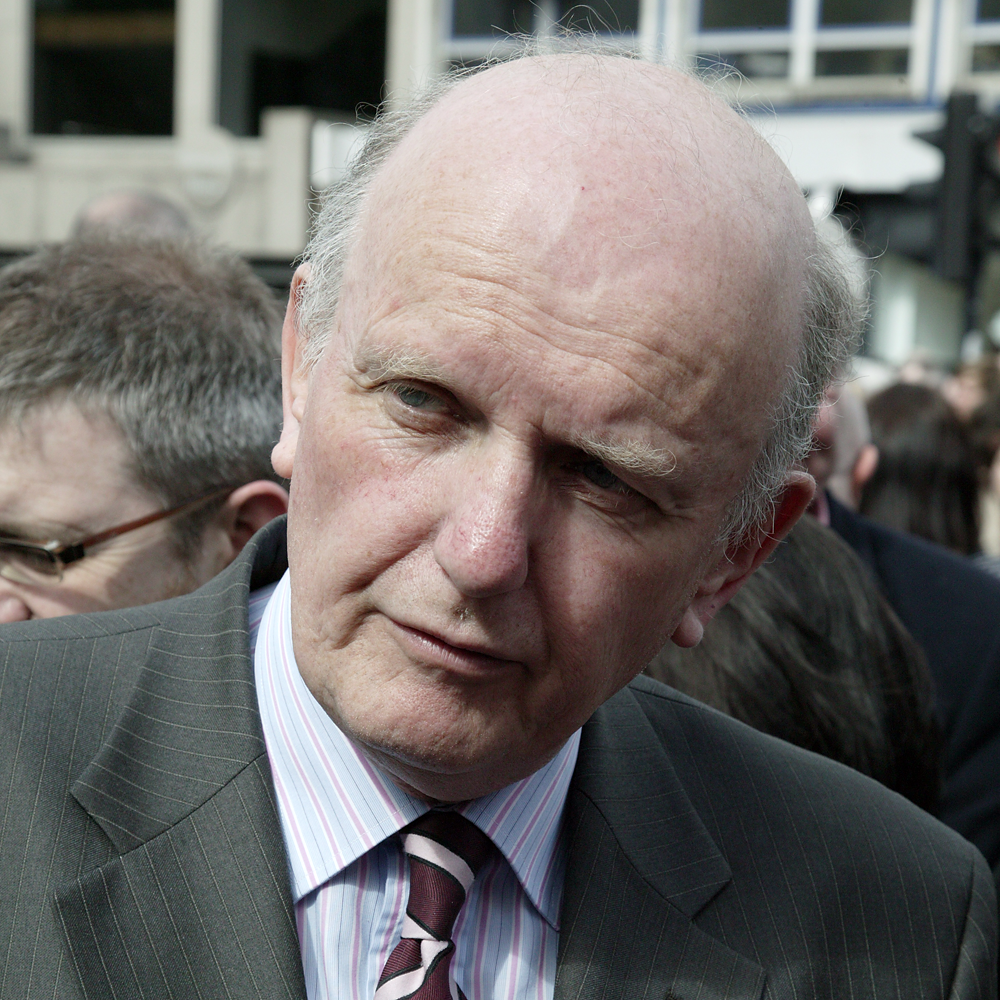|
Gaeltacht Quarter, Belfast
The Gaeltacht Quarter ( ga, An Cheathrú Ghaeltachta ) in Belfast, Northern Ireland, United Kingdom is an area surrounding the Falls Road in the west of the city. A Gaeltacht is an area where the Irish language is spoken. Unlike the traditional Gaeltacht areas in the Republic of Ireland, Belfast's Gaeltacht Quarter does not have legally defined geographical boundaries. The Quarter serves as a socio-linguistic hub focused on the Falls Road/Andersonstown Road corridor in the west of the city, and aims to promote Irish language and Irish culture in the area and to develop associated tourist attractions. Since the 1989s the Irish language has been statistically stronger in Belfast (especially in the west of the city) than anywhere else in Northern Ireland. The city has witnessed a steady growth of active English-Irish bilingualism, concentrated in the electoral wards in the west of the city. According to the 2021 census, out of the 333,748 people residing in Belfast city, 15.5% of p ... [...More Info...] [...Related Items...] OR: [Wikipedia] [Google] [Baidu] |
Belfast
Belfast ( , ; from ga, Béal Feirste , meaning 'mouth of the sand-bank ford') is the capital and largest city of Northern Ireland, standing on the banks of the River Lagan on the east coast. It is the 12th-largest city in the United Kingdom and the second-largest in Ireland. It had a population of 345,418 . By the early 19th century, Belfast was a major port. It played an important role in the Industrial Revolution in Ireland, briefly becoming the biggest linen-producer in the world, earning it the nickname " Linenopolis". By the time it was granted city status in 1888, it was a major centre of Irish linen production, tobacco-processing and rope-making. Shipbuilding was also a key industry; the Harland and Wolff shipyard, which built the , was the world's largest shipyard. Industrialisation, and the resulting inward migration, made Belfast one of Ireland's biggest cities. Following the partition of Ireland in 1921, Belfast became the seat of government for Northern ... [...More Info...] [...Related Items...] OR: [Wikipedia] [Google] [Baidu] |
Belfast Quarters
The Belfast quarters are distinctive cultural zones within the city of Belfast, Northern Ireland, whose identities have been developed as a spur to tourism and urban regeneration. These "quarters" differ from the traditional districts into which Belfast is divided. The term "quarter" does not refer to one fourth (or one quarter) of the city, nor is every area in the centre of Belfast part of one of the quarters. Instead, each "quarter" reflects something about a neighbourhood's history and locale, with the "Quarter" label being something that has come into general use in recent years. Belfast's official tourism website describes four quarters in the city. Cathedral Quarter Cathedral Quarter takes its name from St. Anne's Cathedral and has taken on the mantle of the city's key cultural locality. It boasts a yearly visual and performing arts festival. Custom House Square is one of the city's main outdoor venues for free concerts and street entertainment. Titanic Quarter T ... [...More Info...] [...Related Items...] OR: [Wikipedia] [Google] [Baidu] |
Shaw's Road
Shaw's Road is a road in west Belfast, Northern Ireland, connecting the Andersonstown Road with the Glen Road. Shaw's Road Gaeltacht Located on the road, is a small Gaeltacht ( Irish-speaking area) known colloquially as "The Irish Houses", and in Irish as ''Bóthar Seoighe'' (meaning "Shaw's Road") and ''Pobal Feirste'' (meaning "Farset Community"). This community was established in 1969 when five families from Belfast built their houses together in a new development on the road. One of the early residents was Aodán Mac Póilin. The community expanded through the years and now there are 22 houses in the Gaeltacht. In 1971, parents in the Gaeltacht established the first Irish-medium school in Northern Ireland. After much turbulence during that time, and a lengthy campaign, the school received official recognition from the Department of Education in 1985. The school has since grown rapidly and is no longer under direct administration by the Gaeltacht, but remains Irish-medium a ... [...More Info...] [...Related Items...] OR: [Wikipedia] [Google] [Baidu] |
Raidió Fáilte
Raidió Fáilte (; meaning "Welcome Radio") is an Irish-language community radio station, broadcasting from Belfast, in Northern Ireland. It started broadcasting under its current licence on 15 September 2006 having operated as a pirate radio station for some time prior to that. The station can be heard on 107.1 FM in the Belfast area, and online through a live stream on the station's website. It is broadcast 24 hours a day, seven days a week and was broadcast from the cultural centre Cultúrlann McAdam Ó Fiaich on the Falls Road for several years and subsequently from The Twin Spires Centre on Northumberland Street off the Falls Road, Belfast. In October 2018 the station moved to a state-of-the-art new building on the junction of the Falls Road and the Westlink motorway. History Raidió Fáilte began airing on a part-time basis from Cultúrlann McAdam Ó Fiaich in the 1990s. Raidió Fáilte was re-launched in Belfast City Hall on 15 September 2006 when Station Manager ... [...More Info...] [...Related Items...] OR: [Wikipedia] [Google] [Baidu] |
Féile An Phobail
Féile an Phobail (''The Community's Festival''), also known as the West Belfast Festival is a community arts organisation known for its ''August Féile'' (Festival). The organisation is prominent for its promotion of Irish and international culture. The festival takes place on and around Falls Road in Belfast, Northern Ireland.BBC Programme – Féile an Phobail – 20 Years OnFéile is back – CultureNorthernIreland.orgFéile an Phobail – Official website History |
Cultúrlann McAdam Ó Fiaich
Cultúrlann McAdam Ó Fiaich (An Chultúrlann) is an Irish language cultural centre in The Gaeltacht Quarter and is located on the Falls Road, Belfast. Opened in 1991, the centre underwent renovation in 2010 and was opened the following year by then Irish President Mary McAleese. The centre is home to an art gallery named after local artist Gerard Dillon, a theatre, restaurant, book shop, offices and conference rooms. In 2011, the centre was estimated to receive over 80,000 visitors per year. History 1991–2010 Cultúrlann McAdam Ó Fiaich was founded in 1991 after the purchase of Broadway Presbyterian Church on Falls Road, Belfast. It is named after 19th century Presbyterian businessman and Gaelic revivalist Robert Shipboy MacAdam and 20th century Gaelic scholar Cardinal Tomás Ó Fiaich. Co-founder Gearóid Ó Cairealláin also founded Raidió Fáilte which aired from the building and Aisling Ghéar, the resident theatre production group. An Chultúrlann was also ho ... [...More Info...] [...Related Items...] OR: [Wikipedia] [Google] [Baidu] |
Belfast City Council
Belfast City Council ( ga, Comhairle Cathrach Bhéal Feirste) is the local authority with responsibility for part of the city of Belfast, the capital and largest city of Northern Ireland. The Council serves an estimated population of (), the largest of any district council in Northern Ireland, while being the smallest by area. Belfast City Council is the primary council of the Belfast Metropolitan Area, a grouping of six former district councils with commuter towns and overspill from Belfast, containing a total population of 579,276. The council is made up of 60 councillors, elected from ten district electoral areas. It holds its meetings in the historic Belfast City Hall. The current Lord Mayor is Tina Black of Sinn Féin. As part of the 2014/2015 reform of local government in Northern Ireland the city council area expanded, and now covers an area that includes 53,000 additional residents in 21,000 households. The number of councillors increased from 51 to 60. The first e ... [...More Info...] [...Related Items...] OR: [Wikipedia] [Google] [Baidu] |
Department Of Culture, Arts And Leisure
The Department of Culture, Arts and Leisure (DCAL), translated in Irish as and in Ulster-Scots as , was a devolved government department in the Northern Ireland Executive. The minister with overall responsibility for the department was the Minister of Culture, Arts and Leisure. After the election to the Northern Ireland Assembly in 2016, the DCAL was closed and its roles and functions were amalgamated with other departments in order to reduce the size of the Northern Ireland Executive. Aim DCAL's overall vision was a "confident, creative, informed and healthy society". It described its mission as delivering economic growth and enhancing the quality of life in Northern Ireland by "unlocking the full potential of the culture, arts and leisure sectors." The last Minister was Carál Ní Chuilín (Sinn Féin). The Minister was, by virtue of office, the Keeper of the Records for Northern Ireland. Responsibilities The department had the following main responsibilities: *architect ... [...More Info...] [...Related Items...] OR: [Wikipedia] [Google] [Baidu] |
St Mary's University College, Belfast
St Mary's University College is a university college in Belfast, Northern Ireland. History The origins of the College can be traced back to 1900 when the Dominican Sisters opened St Mary’s Training College on the present Falls Road campus with an enrollment of 100 women students. For nearly 50 years after that, the college was concerned with the education of women students and their preparation for teaching in primary schools. In 1948, four-year courses for post-primary teachers were introduced and, by arrangement with Queen’s University, Belfast, selected students could follow a combined course of university study and professional training. In 1949 a men's department was established at Trench House. In 1961 it ceased to be the men's department of St Mary’s Training College and was constituted St Joseph’s Training College. In 1968 the Senate of Queen’s University granted St Mary’s and St Joseph’s recognition for the instruction of matriculated students of the uni ... [...More Info...] [...Related Items...] OR: [Wikipedia] [Google] [Baidu] |
Coláiste Feirste
Coláiste Feirste is the only secondary-level Irish-medium school in Belfast, Northern Ireland. Previously known as ''Méanscoil Feirste'', the (Irish language school) is located in the west of the city in a new facility on Belfast's Falls Road. Founded in 1991 with just nine pupils, as of 2022 the school had around 850 pupils and 65 teachers. The school was first situated in Cultúrlann McAdam Ó Fiaich and was opened under the care of the first school principal Fergus O'Hare who was replaced in 2002 by Garaí Mac Roibeaird as principal. Mícheal Mac Giolla Ghunna has been principal since 2019. The school is now situated in Beechmount, the former home of the Riddel family.McClelland, Gillian (2005Pioneering Women: Riddel Hall and Queen's University Belfast Ulster Historical Foundation, Belfast Notable former pupils * Niall Ó Donnghaile - Former Lord Mayor of Belfast and current Sinn Féin Senator in Seanad Éireann. * Aisling Reilly - Two time singles World Handball ... [...More Info...] [...Related Items...] OR: [Wikipedia] [Google] [Baidu] |
Bloodaxe Books
Bloodaxe Books is a British publishing house specializing in poetry. History Bloodaxe Books was founded in 1978 in Newcastle upon Tyne by Neil Astley, who is still editor and managing director. Bloodaxe moved its editorial office to Northumberland and its finance office to Bala, North Wales, in 1997. In 2013 Astley deposited the Bloodaxe Books archive at Newcastle University's Robinson Library, Special Collections. Notable publications *''Bloodaxe Book of Contemporary Women Poets'', edited by Jeni Couzyn, an anthology of women poets, 1985. *''Hinterland'', edited by E. A. Markham, a Caribbean anthology, 1989. *''The New Poetry'', edited by Michael Hulse, David Kennedy and David Morley, 1993. *''Bloodaxe Book of 20th Century Poetry from Britain and Ireland'', edited by Edna Longley, an anthology of 60 poets, 2000. *''Strong Words: modern poets on modern poetry'', edited by W. N. Herbert and Matthew Hollis. Essays on poetry by poets, 2000. *''Staying Alive: real poems for ... [...More Info...] [...Related Items...] OR: [Wikipedia] [Google] [Baidu] |
.png)

